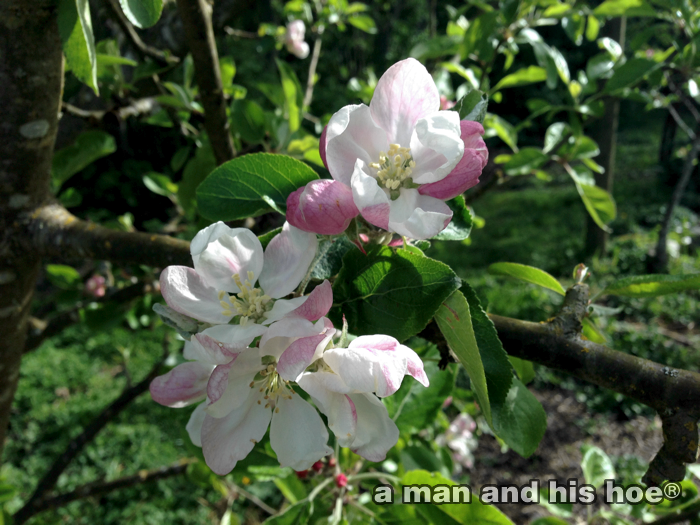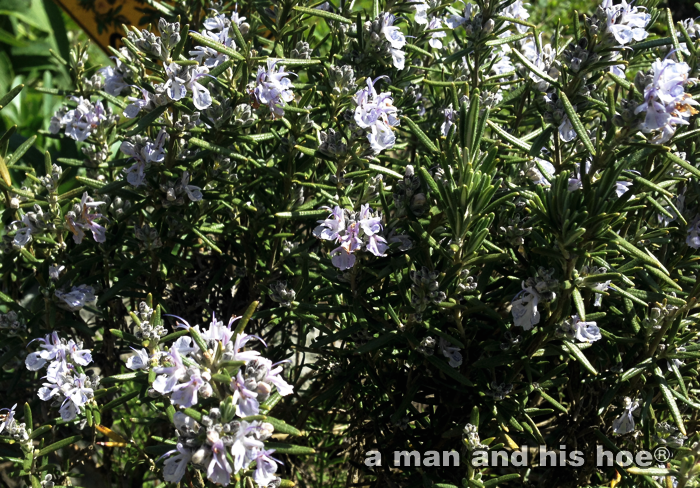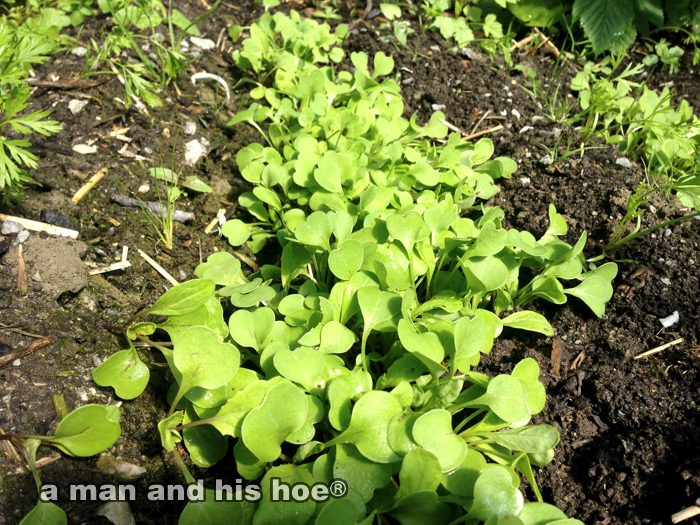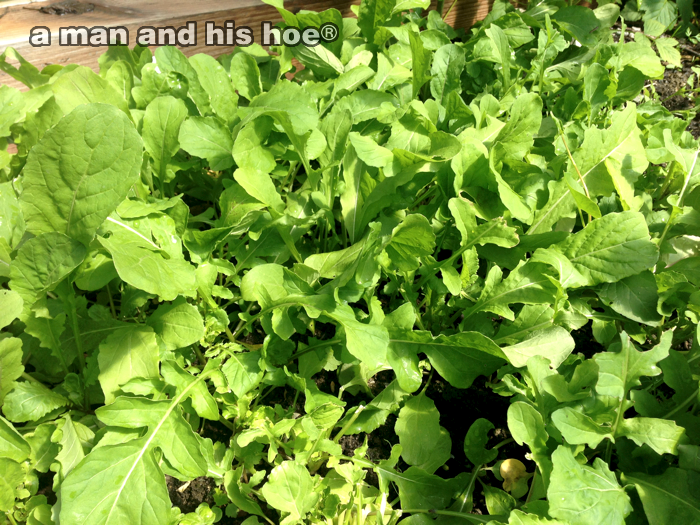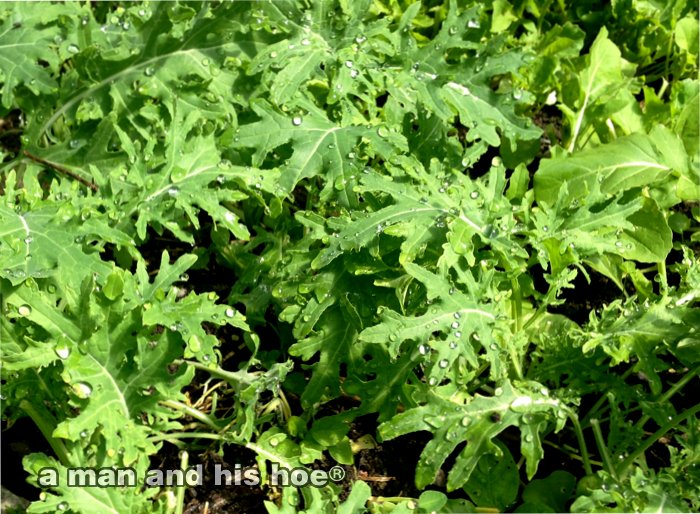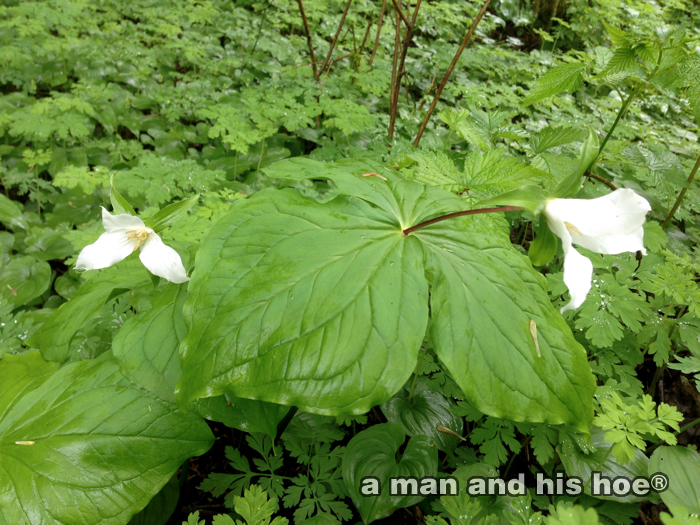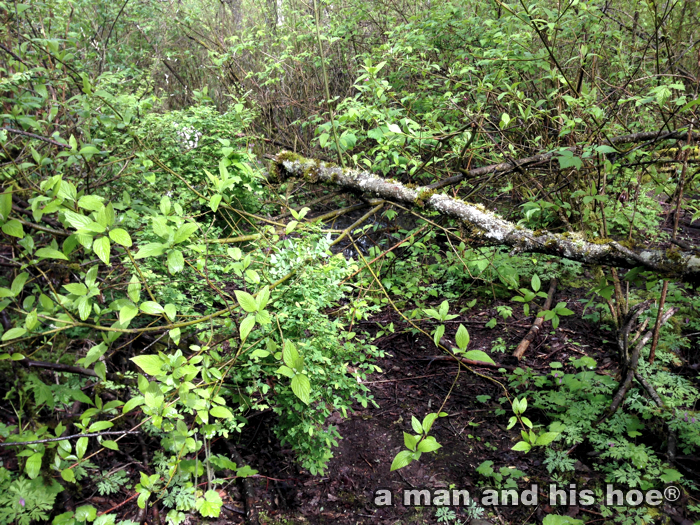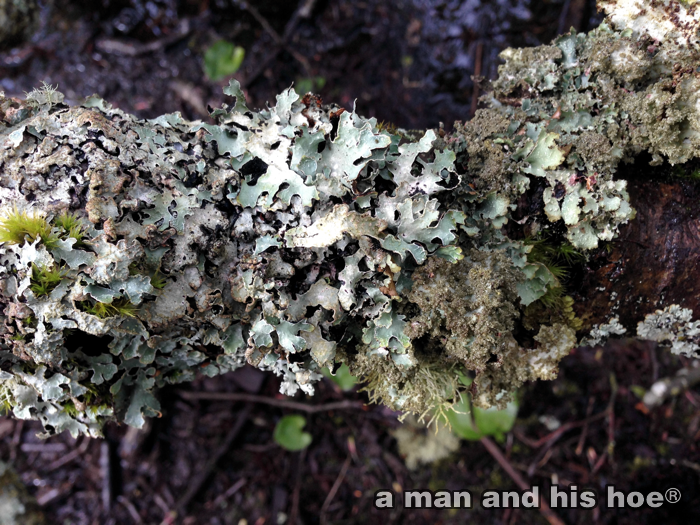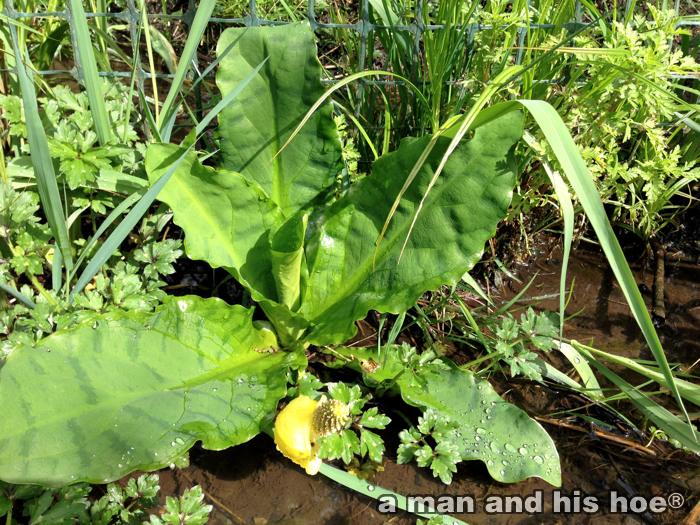It’s been awhile, but I made some butter this afternoon. We had run out of butter, but I had a quart of fresh cream from Jackie’s Jersey Milk I had bought yesterday, so I decided to make butter. Making butter is so simple, I wonder why I don’t make it more often.
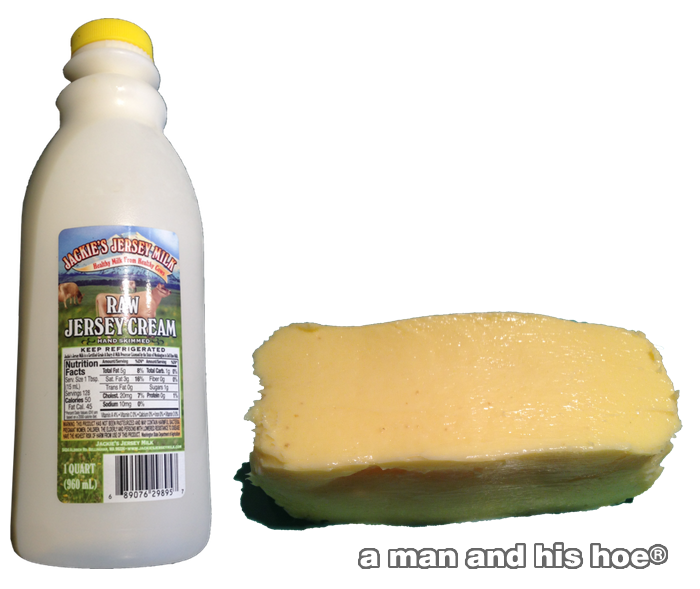
With butter so easy to make, why are there so few brands of butter in the stores? And there are no butters made from raw cream. Shouldn’t there be hundreds of varieties from tiny, one of a kind dairies? Wouldn’t the butter from a dairy up in the mountains taste different than the butter from a dairy near the sea?
But when you look at the butters on the store shelves, they all come from dairies churning out the stuff by the ton. Any subtle differences in the milk from this pasture or that, or from this cow versus that cow, is obliterated, and everyone ends up eating the same butter.
It doesn’t have to be this way. We don’t all have to eat the same butter. And if you make your own, you will be the only one with that special butter.
Many decades ago when I was visiting a friend in Bavaria, her mother sent us out to buy some milk. They lived out in the country, and they purchased milk from a small dairy a short walk from their house. We walked ten minutes through the beautiful countryside, carrying a cute metal container. The milk we purchased was so fresh and delicious.
However, buying milk directly from a farmer is very difficult here. Many years ago, my uncle and aunt ran a small dairy farm in Kansas. Every few days, a milk truck came to their farm to pick up there milk and trucked it all the way to Texas. They weren’t allowed to sell their milk directly to consumers. But, they had a way around that. Neighbors would come by, “steal some milk”, and leave some money behind.

